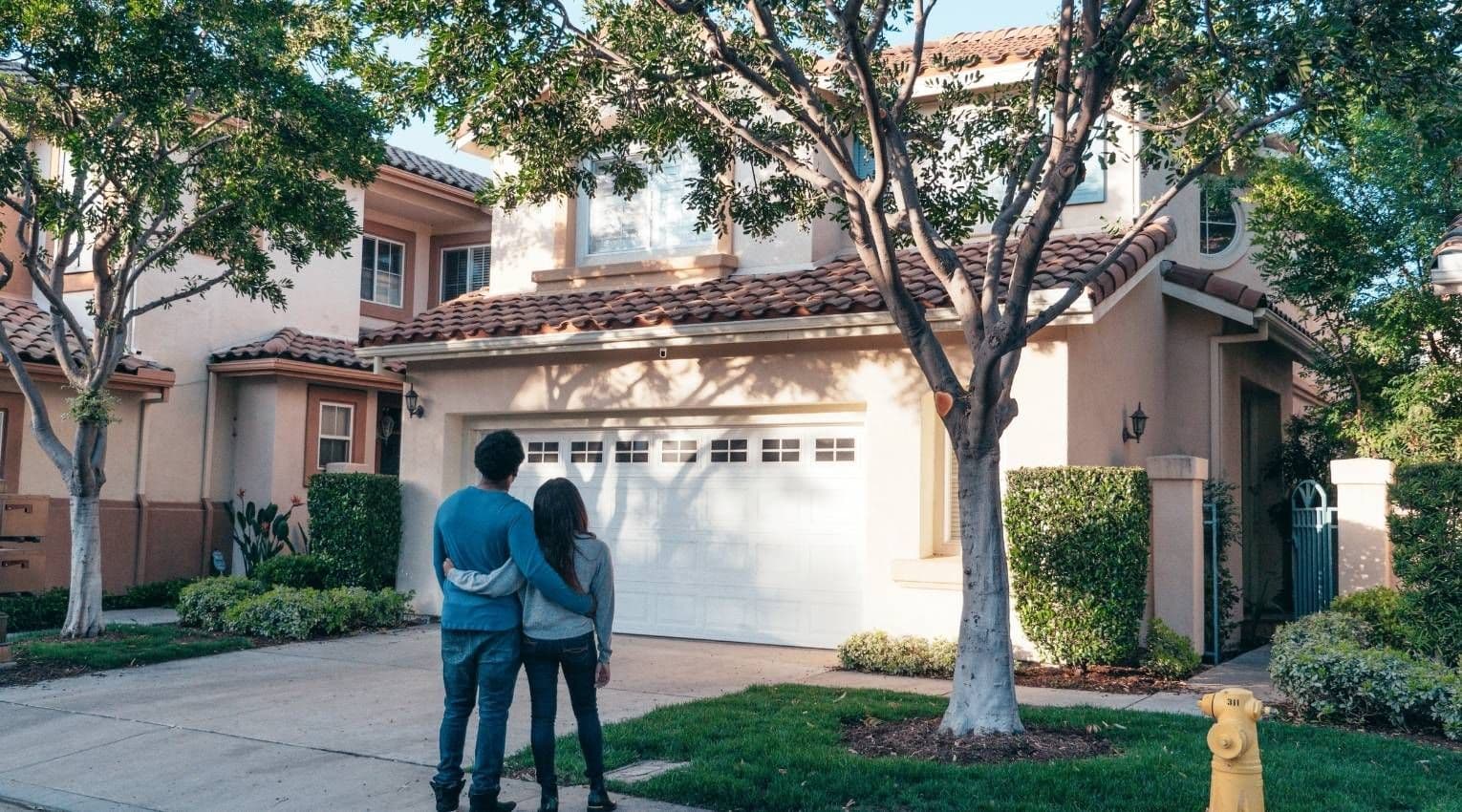Preparing for the Financial Impact of a Natural Disaster

Last updated September 4, 2025
Late summer and early fall often bring stronger storms and heavier rains, especially in certain parts of the country. While you can’t control the weather, you can take steps now to protect both your home and your finances — so if a storm does come through, you’ll feel more prepared.
Recent hurricanes and wildfires have shown that recovery takes time. Power outages, repairs, and temporary relocations can all add unexpected expenses. Homeowners in areas hit hard by recent storms also saw higher insurance costs and, in some cases, a short-term drop in income if their workplace was affected. The good news is that a little advance planning can make these situations much easier to handle.
Learn from the Past
History has shown us time and again that recovery time can vary drastically among homeowners following a storm, flood, fire, or other natural disaster. In 2024, Hurricane Helene caused an estimated $250 billion in damage, of which only $5 billion was expected to be covered by insurance. Many homeowners were left without the means to rebuild.
The July 2025 floods that devastated nine counties across Texas are expected to have long-lasting financial impacts on top of the catastrophic emotional toll. Rising insurance premiums, reduced property values, and sparse flood insurance means major financial burdens for homeowners.
Nearly a month after Hurricane Harvey hit in 2017, 3,900 homes in Texas still didn’tt have power, and many of the more than 135,000 homes damaged were located outside of the city’s predicted flood zone and weren’t insured for water damage. Some people in Puerto Rico waited almost a year for the electricity to be turned back on after Hurricane Maria devastated the island.
It could take months before you’re able to return to your home — or, in the most unfortunate of cases, begin building a new home. You may also find yourself out of work — or unable to get to work safely as roads are being cleared. In addition to coughing up cash for costly storm-related home repairs, you may also need to pay for temporary lodging and unplanned expenses like car rentals, lawyers, and generators.
This requires you to have a significant amount of cash on hand, as you’ll want to keep making mortgage payments until you’ve spoken with your lender.
Know Your Options
Fortunately, there are special financial relief programs for homeowners affected by hurricanes, tornados, fires, and floods that are designed to ease your financial burden immediately following a storm. These include:
- Mortgage payment holds that allow you to pause or defer your monthly payments.
- Special financing for repairs, whether through Small Business Administration loans, FEMA grants, or other aid.
- Foreclosure freezes, which put a pause on any lender’s effort to seize your home due to lack of payment.
However, these programs may not work for every situation. For example, if you’re able to defer your mortgage payments, your lender may insist those deferred payments be paid back in full after just a few months.
And while special aid may be available to help restore your home, it could take months for those checks to arrive, forcing many homeowners to rely on high-interest credit cards to cover repairs and basic necessities.
Build an Emergency Fund
One of the best ways to stay ahead of the next storm is to have an emergency fund. For many people, the rule of thumb is to have enough money put aside to cover three months worth of expenses. But if you live in a disaster-prone area, you may want to aim for six months worth of expenses, if not more.
There are many reasons to have an emergency fund.
Having a large emergency fund will not only help you pay for repairs and cover your living expenses if you’re out of work, it will also help you avoid high-interest debt and stay ahead of potential scammers posing as bank and insurance representatives or government agents, a common occurrence after storms.
But coming up with three-to-six months or more worth of savings before the next storm season isn’t an easy task for most.
That’s why some homeowners work with home equity investors like Hometap, that offer you a percentage of your home’s equity in cash now in exchange for a share of the future value of your home. You could use this investment to stockpile a large emergency fund without selling your home, or committing to an additional monthly payment.
Read more about why emergency funds are vital and how to get started.
Steps You Can Take Now
- Review your insurance coverage to be sure it’s up to date and includes the types of risks your area may face.
- Build or grow your emergency fund so you have cash set aside for housing, repairs, and everyday expenses.
- Learn what disaster relief programs are available in your area and how to apply for them.
- Keep important financial documents in a safe, easy-to-access place; consider digital copies.
- Pay down other debts where possible to keep your monthly expenses lower.
- Stay informed about your community’s emergency plans and sign up for local alerts.
- If needed, explore ways to access your home’s equity without taking on extra monthly payments.
By taking a few simple steps now, you can feel confident knowing you’ve prepared your home and your finances for whatever this storm season may bring.
The more you know about your home equity, the better decisions you can make about what to do with it. Do you know how much equity you have in your home? The Home Equity Dashboard makes it easy to find out.
You should know
We do our best to make sure that the information in this post is as accurate as possible as of the date it is published, but things change quickly sometimes. Hometap does not endorse or monitor any linked websites. Individual situations differ, so consult your own finance, tax or legal professional to determine what makes sense for you.



